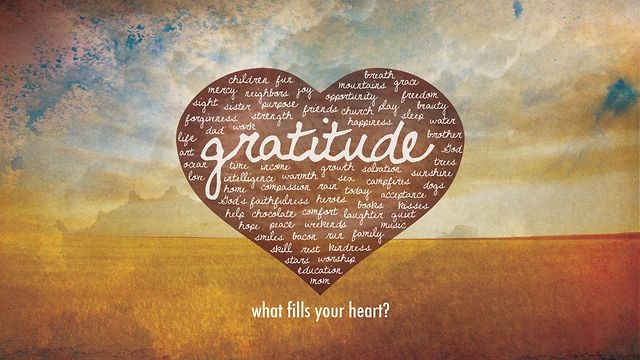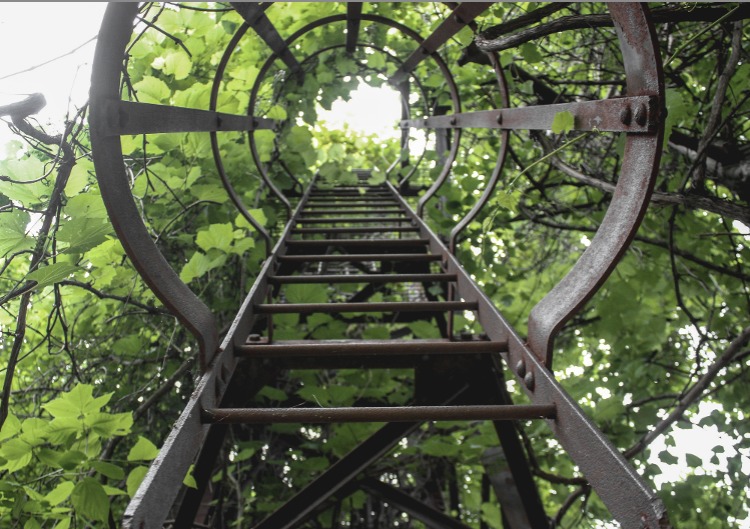
Why Gratitude is so Powerful for your Brain
Why is the simple practice of gratitude so helpful?
It is good for our brain and makes us more effective:
- Positive emotions fill our brain with dopamine and serotonin. These chemicals make us feel good and increase our ability to learn. They help us process new information, keep that information in the brain longer, and remember it faster later on.
- Feeling happy improves our ability to perform tasks and solve problems.
- We feel better when we think happy thoughts. People who are grateful are more energetic and emotionally intelligent.
Gratitude is powerful!
Many years ago, I decided to try out this gratitude thing. It sounded good, but I always test things on myself to see if they work, before I share them with my clients. After 2-4 weeks of a daily gratitude practice, I noticed I started feeling spontaneously grateful throughout the day. It actually caught me by surprise! I could tell my neural pathways were being built and strengthened.
What’s the best way to practice gratitude?
Our neural pathways can be rewired faster if we have a feeling attached to the thoughts because it uses more of our brain.
Here are two simple exercises you can do to help retrain your brain into grateful thinking:
- Spend 30 seconds just FEELING gratitude. Pay attention to what is happening in your body. Do you feel your chest expanding? Do you feel it becoming bigger and warmer? Do you notice a change in your breathing? There is no right way to feel gratitude. Just notice how it feels in your body.
- List 3 things for which you are grateful. Feel true gratitude for what you listed. Some people prefer lists, either written or spoken aloud. It can include the same things over and over again, or it can be as varied as you’d like.
When is a good time to do this practice?
Morning sets you up for your day and bed-time thinking shapes how you perceive the experiences in your life. Both are important, and feel free to award yourself plenty of bonus points if you practice morning and night!
While the time of day is an important factor, the most important part is the actual feeling. You can take 30 seconds at any point during the day to feel gratitude!
Practice it and let me know how it works for you!
I am thrilled to announce I am offering my on-line course 7 Powerful Practices for Your Inner Perfectionist in January!
What if everything you knew about being perfect was wrong?
- Are you hard on yourself?
- Do you worry about being judged by others?
- Do you always judge your results as not good enough, no matter how hard you worked?
- Do you want to be a better person?
If you answered “yes” to 2 or more of these questions, this course is for you!
Take care



